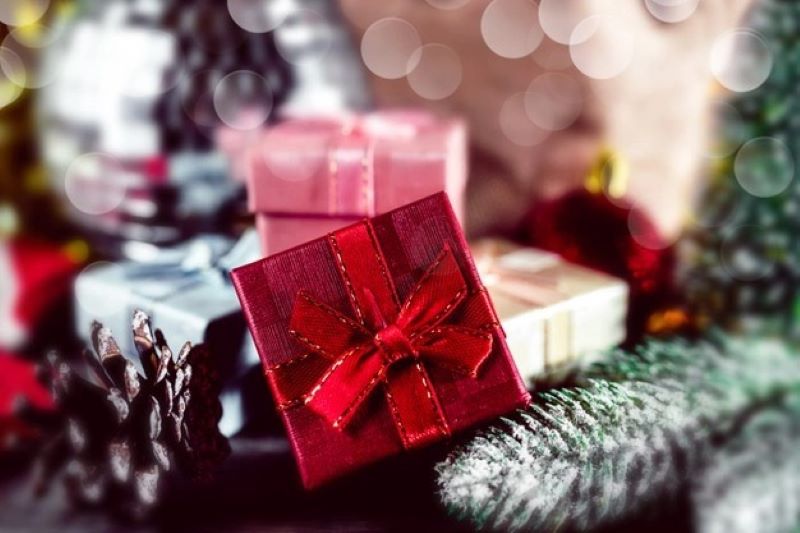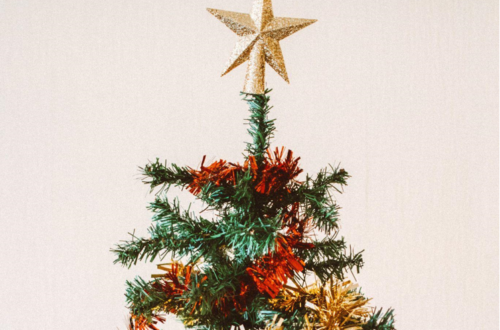
New Year’s Eve Traditions around the World: How Different Cultures Ring in the New Year
With the end of the year comes a celebration of new beginnings, and cultures all around the world have their unique New Year’s Eve traditions to mark the transition into the next year. From fireworks displays to ancient ritual traditions, New Year’s Eve looks different across the planet. Let’s take a journey around the world to see how different cultures ring in the new year.
First Sunrise and Making Noise: New Year’s Eve in Australia
Starting in Sydney, Australia, the world’s largest fireworks display takes place at the harbor. Celebrations begin at 1 pm on December 31st with aerial displays and boats out on the water. However, the most impressive fireworks show takes place at midnight, featuring exploding shells in various colors that are launched off of barges scattered around the harbor. Over one million people attend the event each year.
Auld Lang Syne and First-Footing: New Year’s Eve in Scotland
In Scotland, the celebration is known as Hogmanay. The festivities begin on New Year’s Eve and continue through January 2nd. On December 31st, the streets come alive with a torchlight procession through the city center, followed by a street party with live music and fireworks.
Moving on to Russia, the New Year is celebrated on January 1st and 2nd, known as Novy God. The festivities begin with a New Year’s Eve feast, which lasts until midnight. People then exchange gifts and participate in various traditional activities. On January 1st, the streets are filled with parades and fireworks to celebrate the New Year.
In Greece, the New Year is celebrated on January 1st, but the most important day is Saint Basil’s Day on January 2nd. It’s traditional to bake a special cake called Vasilopita with a coin hidden inside. The person who gets the coin in their slice is said to have good luck throughout the year.
The Seven Lucky Grains and Hatsumode: New Year’s Eve in Japan
In Japan, the New Year is celebrated for three days, from December 31st to January 2nd. Before the New Year arrives, people clean their homes thoroughly to “sweep” away bad luck from the past year. At the stroke of midnight on New Year’s Eve, Buddhist temples ring bells 108 times to symbolize the 108 human sins. People also eat soba noodles, which represent longevity, and watch the television program “Kohaku Uta Gassen,” a popular New Year’s Eve music show.
12 Grapes and a Night of Color: New Year’s Eve in Spain
In Spain, the New Year is celebrated with twelve grapes at midnight. It’s traditional to eat one grape for each chime of the clock, which represents the twelve months of the upcoming year. People also wear red underwear for good luck.
Finally, in the United States, the iconic New Year’s Eve celebration happens in New York’s Times Square. Over one million people gather to watch the famous ball drop at midnight, which happens after a countdown and confetti release. The event is televised, and millions of people around the world tune in to watch the festivities.
In conclusion, New Year’s Eve traditions are as diverse and beautiful as the cultures they come from. Whether it’s eating grapes in Spain or watching fireworks in Sydney, the celebration of new beginnings is a universal theme that brings people together across the globe. It’s wonderful to see how different cultures celebrate in their unique ways, yet still share the joy and excitement of a new year.




